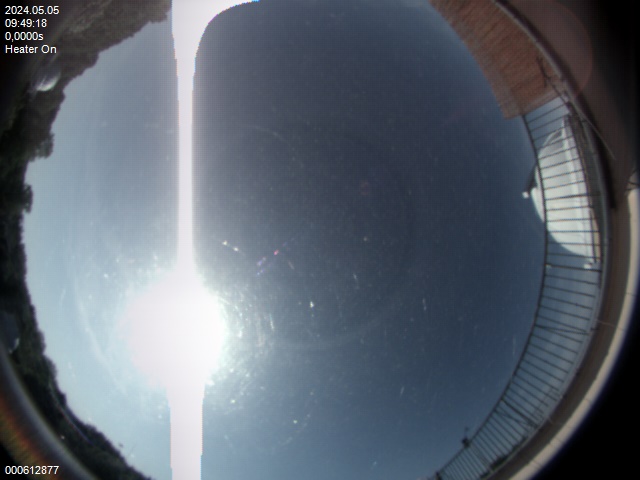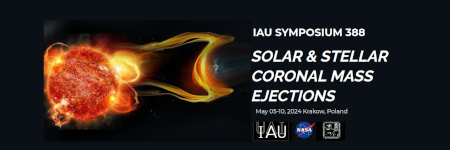


Bądź inspiracją. Twórz przyszłość.
S. Markowski - W obserwatorium
 Widok zawartości stron
Widok zawartości stron
Widok zawartości stron
Widok zawartości stron
 Nawigacja okruszkowa
Nawigacja okruszkowa
Nawigacja okruszkowa
Nawigacja okruszkowa
 Nawigacja
Nawigacja
Nawigacja
Nawigacja
 Widok zawartości stron
Widok zawartości stron
Widok zawartości stron
Widok zawartości stron



Bądź inspiracją. Twórz przyszłość.
S. Markowski - W obserwatorium
 Widok zawartości stron
Widok zawartości stron
Widok zawartości stron
Widok zawartości stron
During the 388th IAU SYMPOSIUM in May 2024, two popular science lectures will be held for astronomy enthusiasts. These events are hosted by the Astronomical Observatory of the Jagiellonian University. The guest speakers will be the most outstanding experts in solar physics and space weather. The lectures will be conducted in English and will take place at the Auditorium Maximum of the Jagiellonian University (ul. Krupnicza 33, 31-123 Kraków).
Each attendee is asked to register by submitting the requested personal information to the e-mail address provided below (name, surname, e-mail address and title of the lecture). Further information about lectures and speakers is available below. We would like to invite everyone who is genuinely interested in astronomy and space science!

Space weather plays a profound role in shaping the environment of our solar system. This lecture aims to unravel the mysteries surrounding space weather, exploring its definition, impacts, and the sophisticated methods employed to forecast it. Space weather encompasses a variety of phenomena, including solar flares, coronal mass ejections, solar energetic particles, and cosmic radiation, all of which can have significant implications for technology, infrastructure, and even human health. Understanding and predicting these phenomena is crucial for safeguarding our satellites, power grids, and communication systems from the disruptive effects of space weather events. This lecture will delve into the fundamental processes driving space weather, drawing connections between solar activity and its effects on Earth's magnetosphere and ionosphere. We will explore the tools and techniques used by scientists and forecasters to monitor the sun and space environment, from ground-based observatories to space-based satellites. Furthermore, the lecture will highlight the challenges inherent in space weather forecasting, including the need for continuous monitoring and refinement of predictive models. By the end of this lecture, attendees will gain a deeper understanding of the dynamic nature of space weather and the critical role of forecasting in mitigating its impacts on our increasingly interconnected world.
It is necessary to register by email at popular-lectures@oa.uj.edu.pl
-----------------------------------------------------------------
Our nearby star, the Sun, is the sole source of energy for all life on Earth and a source of inspiration for poets and worshippers. In the recent past, our Sun has surprised us with giant magnetic storms which, if occurred today, would cause a devastating impact on various infrastructures on Earth. In this lecture, I will take you on a journey to introduce giant solar and stellar explosive phenomena in order to understand a greater diversity of physical processes operating on the Sun and Sun-like stars of different ages. We will start with the Sun as a unique laboratory to explore the inner workings of hundreds of billions of stars in the Milky Way galaxy. Is the Sun a unique star or an “average Joe”? How do solar and stellar explosions affect climates and habitable environments of early Earth and terrestrial exoplanets? The answers to these questions can open an avenue to address a grand question of modern science: Is our planet an average rocky planet or a remarkable rocky body teaming with life, and an outlier in the Universe? What physico-chemical processes are required to make a planet habitable? I will discuss these fundamental questions from a holistic viewpoint by connecting the dots between astronomical observations of solar and stellar eruptions, theoretical and laboratory studies of their impacts on planetary evolution. These studies will pave a way for searching for signatures of habitable worlds with the James Webb Space Telescope and the upcoming Habitable Worlds Observatory.
It is necessary to register by email at popular-lectures@oa.uj.edu.pl